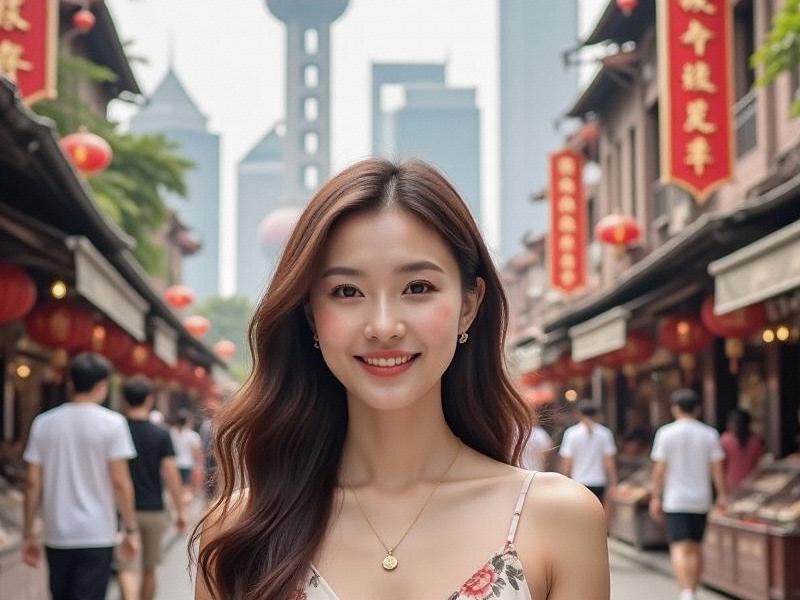An investigative deep dive into Shanghai's high-end entertainment club industry, revealing how these establishments blend traditional Chinese hospitality with modern luxury while navigating complex regulatory and economic landscapes.

Shanghai's nightlife scene operates on multiple tiers, with the premium club sector forming a $3.2 billion shadow economy that serves as the playground for China's business elite. These establishments have evolved far beyond simple drinking venues into sophisticated entertainment complexes that combine dining, performance arts, and networking opportunities.
The Architecture of Exclusivity:
Modern Shanghai entertainment palaces like "The Celestial Court" in Jing'an District or "Bund 88" near the waterfront have redefined urban leisure spaces. These multi-story complexes typically feature:
- 30-50 themed private KTV rooms with customized acoustics
- Michelin-starred satellite kitchens
- Hidden whiskey bars stocking rare vintages
- "Champagne galleries" displaying crystal-encrusted bottles
- Private elevators for discreet VIP access
The Business Model:
Contrary to popular perception, these clubs operate on razor-thin 12-15% profit margins due to:
上海花千坊419 1) Exorbitant real estate costs (¥25-40/sq.m/day in prime locations)
2) High staffing ratios (one attendant per two guests)
3) Massive entertainment tax burdens (up to 20% of revenue)
4) Constant facility upgrades to maintain exclusivity
Membership Economics:
Shanghai's top clubs employ tiered membership systems:
- Silver (¥200,000 initiation): Basic access
- Gold (¥800,000): Priority booking + concierge
- Platinum (¥2.5 million): Global reciprocity + event hosting
Corporate accounts now comprise 65% of memberships, with tech firms surpassing traditional manufacturing giants in spending.
上海夜生活论坛
The Regulatory Tightrope:
Post-2013 anti-corruption campaigns forced fundamental operational changes:
- Blockchain-based invoicing systems
- Facial recognition entry logs
- Government-approved pricing menus
- Mandatory "cultural education" for staff
Many clubs now employ former commerce bureau officials as compliance directors.
Cultural Hybridization:
Successful venues master the art of blending traditions:
上海龙凤419 - Serving premium pu'er tea alongside Dom Pérignon
- Offering both mahjong parlors and cigar lounges
- Programming that mixes guzheng performances with jazz trios
The "Dragon Phoenix Club" even features rotating exhibitions of Chinese contemporary art alongside its 48 KTV rooms.
Future Trends:
1) "Experiential" memberships growing 28% annually
2) Increased female patronage (now 35% of high-spenders)
3) Health-conscious offerings (organic cocktails, air purification)
4) Technology integration (AR menus, voice-controlled rooms)
As Shanghai continues its ascent as a global luxury capital, its entertainment clubs serve as both cultural barometers and economic engines - constantly adapting to maintain their position at the intersection of business, pleasure, and social stratification.